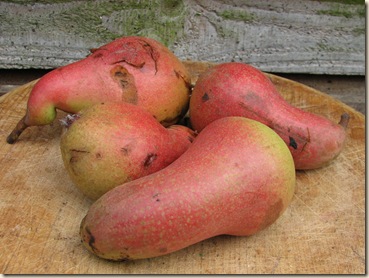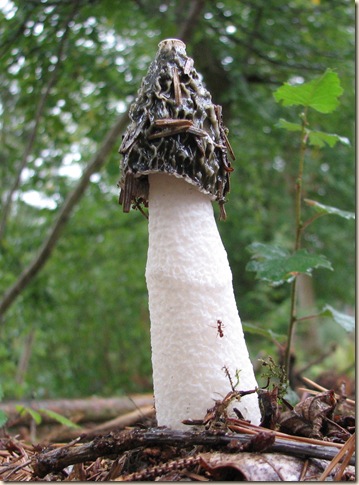Like most fruit trees our Beurre Bedford pear down our garden in Sedlescombe has fruited well this year. This is fairly surprising as it is a self-sterile variety, though I expect there are plenty of potential pollinators around.
The tree is a graft I made from one of the old pear trees that used to grow in the orchard at Austford Farm in Brede High Woods. The fruit above are a bit battered because they grow too far up for me to reach, so we have to gather windfalls.
The variety was first recorded in 1902 and was identified by the fruit naming service of the Royal Horticultural Society. It was raised by Laxton's of Bedford.
I often reflect on how the people who used to live at this long demolished farm might have selected and grown these pears and other fruit and I think of our tree as a bit of living archaeology.
In 1927 the celebrated Irish-born gardener and writer William Robinson said "Beurre Bedford is superior in quality to many October pears and, being a strong grower and free cropper, it should soon become widely grown."


